Companion planting is a way of planting in which you inter-plant different varieties of plants to enhance growth or aid in pest control. Companion planting is based on years of experience passed down through the generations and some scientific studies.
Over all, companion planting is simply about plants helping each other- to grow better, to fend off pest and to taste better. Some plants do better when planted with a certain type of neighbor, and some should not be placed in close proximity to each other.
This site contains affiliate links. If you make a purchase using one of these links, I may earn a commission. Please see my disclosure page for more information about cookies collected and our privacy policy.
How can companion planting help you fight your garden pests? Here’s a list of 16 ways to get the most out of your companion planting to control pests.
16 Ways to Use Companion Planting for Natural Pest Control
1. If your beans are struggling with Mexican Bean Larvae, try mixing in some marigold plants in your rows. Marigolds can help with a number of pests including cabbage worms and aphids. Sprinkle them throughout your garden!
2. Interplant celery with your cauliflower to help repel the white cabbage butterfly.
3. Planting cucumber with your corn is mutually beneficial. The cucumber plants will help keep the raccoons off of your corn, while the corn will help reduce wilt in your cucumbers.
4. Plant radishes in your cucumber hills- just a couple- and leave them there all season. This will help protect your cucumbers against cucumber beetles. This also works with squash and melons that are attacked by the striped cucumber beetle.
If you want to know more about companion planting with cucumbers, check out my article on The Best Cucumber Companion Plants for Your Garden.
5. Growing beans among your eggplant will help repel the Colorado potato beetle.
Read more about companion planting with eggplant here: Best Companion Plants for Eggplant
6. Mix parsley into your carrot rows to help repel the carrot fly.
Related Reading: Get Rid of These Garden Pests Naturally!
Pick up a copy of my Companion Planting Guide and Binder to help you design the perfect garden beds with companion planting in mind. Everything you need to know about companion planting in an easy to read format so you can start companion planting sooner!
7. Grow nasturtiums with your squash to help keep that dreaded squash bug away.
Read more about companion planting with your squash here: The Best Squash Companion Plants for Your Garden
8. Put tomato plants in your asparagus bed after the early spears have be harvested to keep the asparagus beetles away. Plant the tomatoes on the side of the bed, leaving the asparagus intact- don’t cut it!
Learn more about the companion planting with asparagus here: The Best Asparagus Companion Plants
9. Garlic planted with your tomatoes can help with red spider mites. Read more about How to Get Rid of Spider Mites Naturally!
10. Grow your basil alongside your tomato rows for insect control as well as flavor enhancement.
11. Oregano can be planted with broccoli to help repel the cabbage butterfly.
12. Sage is also helpful to all brassicas by protecting them from the white cabbage butterfly. It is also helpful to carrots since it protects them from the carrot fly.
13. Thyme deters the cabbage worm, so it is good placed in your rows of cabbage, broccoli, kale, and other brassicas.
14. Wormwood is a repellent for a number of pests such as moths, flea beetles and cabbage moth butterfly. But it is best as a border plant since most plants do not like growing near it. On another note, wormwood is also great for natural pest control in your livestock. We feed it to our non-pregnant goats and our chickens for a natural way to fight intestinal worms.
Make your homestead dreams come true! The Homestead Goal Planner will help you prioritize your life and your homestead goals and keep you on track with good planning practices. After all, goal with out a plan is just a dream!
15. Alternate rows of bush beans and rows of potatoes for a mutual relationship. Potatoes protect the beans from the Mexican bean beetles while the beans help keep away the Colorado potato beetle.
16. Add calendula to your tomatoes and asparagus (see #8) to deter tomato hornworm and asparagus beetles.
Check out my Ultimate Guide to Companion Planting for more information on how companion planting works. Have you tried companion planting? I’d love to hear your experiences!

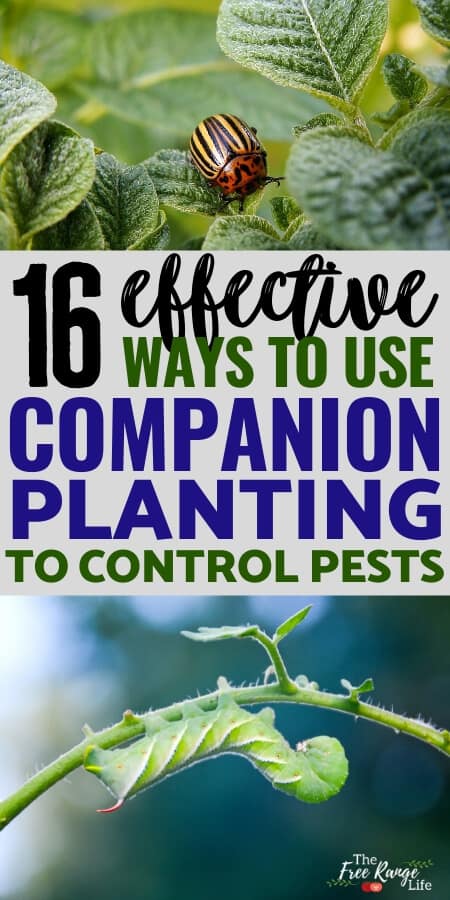
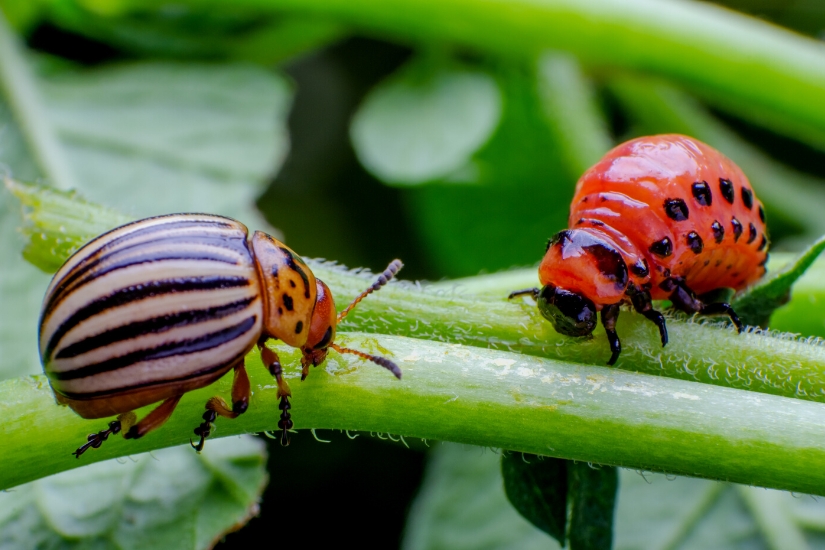
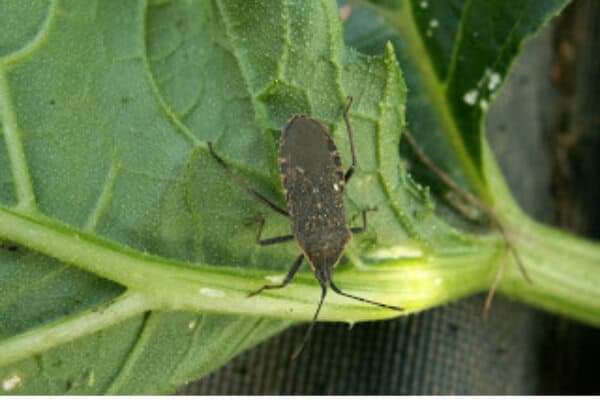
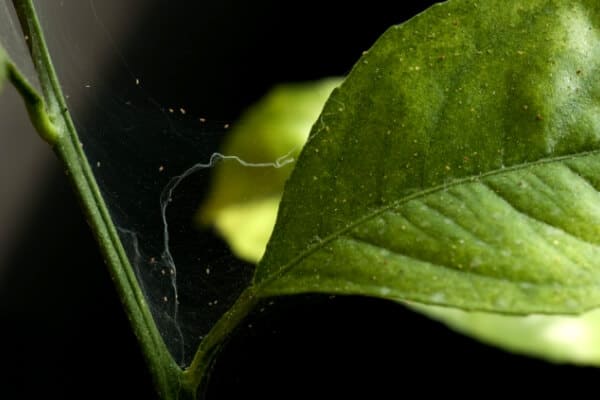
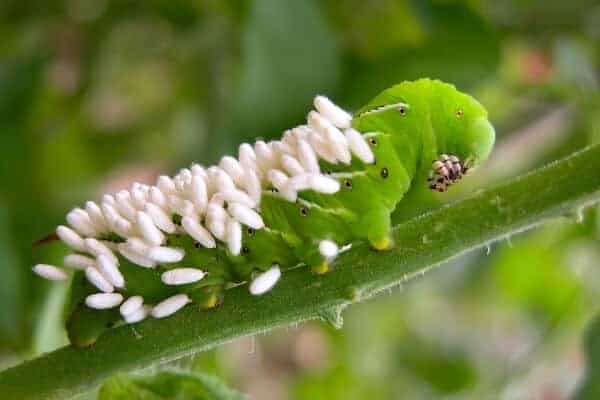
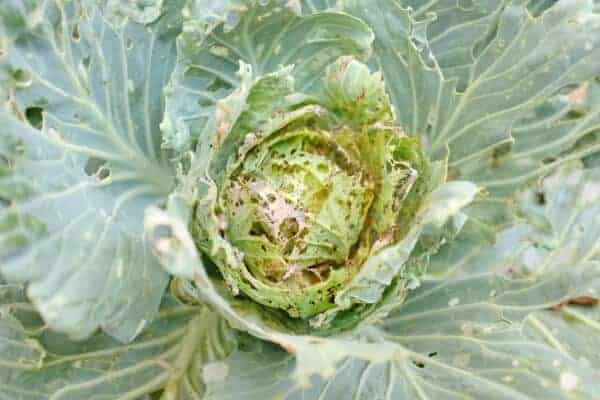

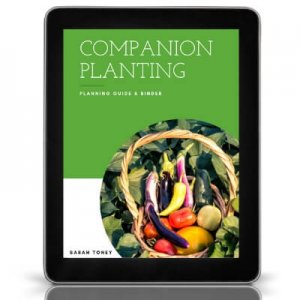
Thank you for this post. Definitely a few more practice I would try from your suggestion:). We planted marigolds/calendula in our vegetable patch and it draws lots of bees which is beneficial to help spread pollination for fruiting purpose. It add colours and beauty to the normally all green veggie patch too.
Calendula is beautiful and I love having it everywhere. Marigold is helpful to have for so many reason and I love the burst of color they both give throughout the garden! Thanks for reading!
I’ve read countless articles on this subject, but I learned a few new ones today. Thanks!
Your welcome! Thanks for reading!
This is always an important topic, and here’s to dreaming of spring already! I am following along from Homestead Bloggers and look forward to more!
Karen
Pinning this for this year’s garden! great info here! thank you!
I shared this on Homestead Wellness’s FB page for this week – great information!
Nice info! I’ll be putting some of this to use in our garden this year!
Good info- Thanks for sharing on HomeAcre Hop.
Would you also suggest nasturtiums to be planted with pumpkins? Every year the beetles get my pumpkins too! Haven’t tried companion planting but will definitely do so this year! Thank you!
You can plant them with any squash that would be bothered by squash bugs. I would also recommend some icicle radishes along with them. Picking them off and removing eggs will probably still be needed for bad infestations though.
I found a lot of these helpful and am going to try them in my garden this year. We also have fruit trees (apple, cherry, and pear) and a 16 foot grape vine. Any suggestions for natural pest control for those. I would appreciate any suggestions or web sites I can go to.
reminds me of an old song”…I’m a lonely little petunia in an onion patch and all I do is cry all day.”
I always enjoy learning more about companion planting, thank you for sharing your post on the HomeAcre Hop! – Nancy The Home Acre Hop
Great information, Pinned it for future use. Thanks for sharing these tips!
Great info.
Saved it and passed it on to my mom.
I have always planted marigolds in my tomatoes to help ward off deer.
Love ur post but any ideas for keeping ground squirels out of the garden ? Love the lil guys so not in our food. Lol
Great information and useful ideas on companion planting! My sister is making her first steps at this and she’ll be very glad to have your suggestions on mind. Thank you for sharing and happy gardening!
What time do for keeping rabbits out of your garden ?
What is best to repell snails?
I tried chrysanthemums and it really helps! It naturally produce a chemical called pyrethrin, and thanks to it, organic garden pest control can be as easy as scattering some mum plants.